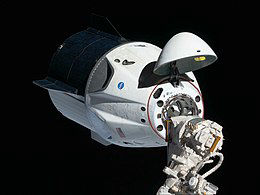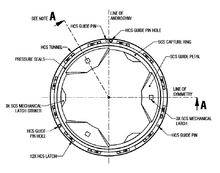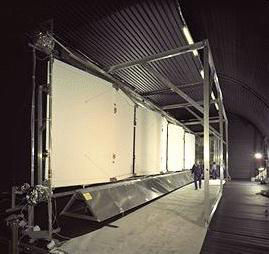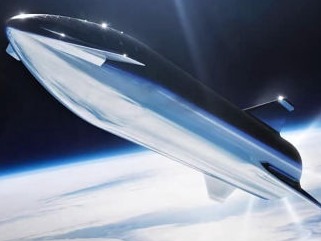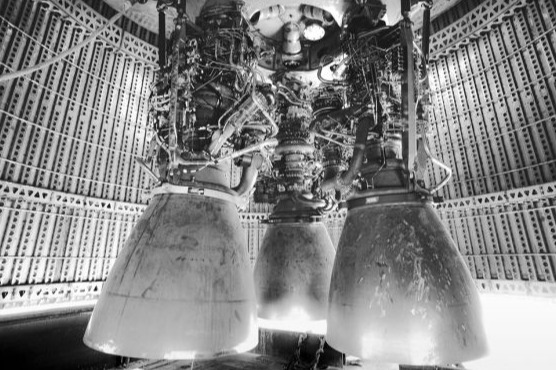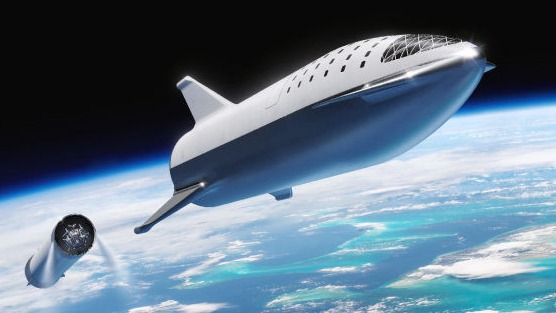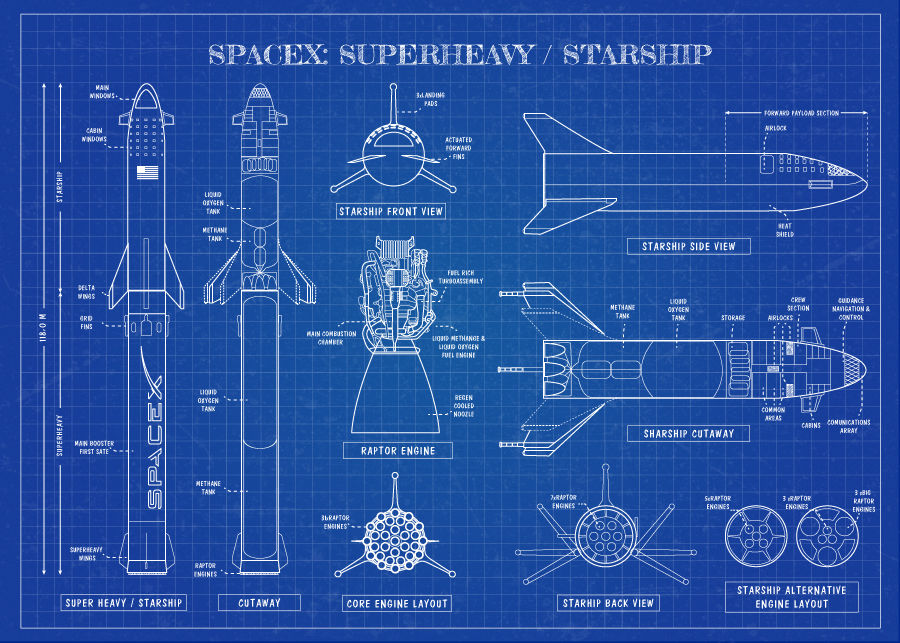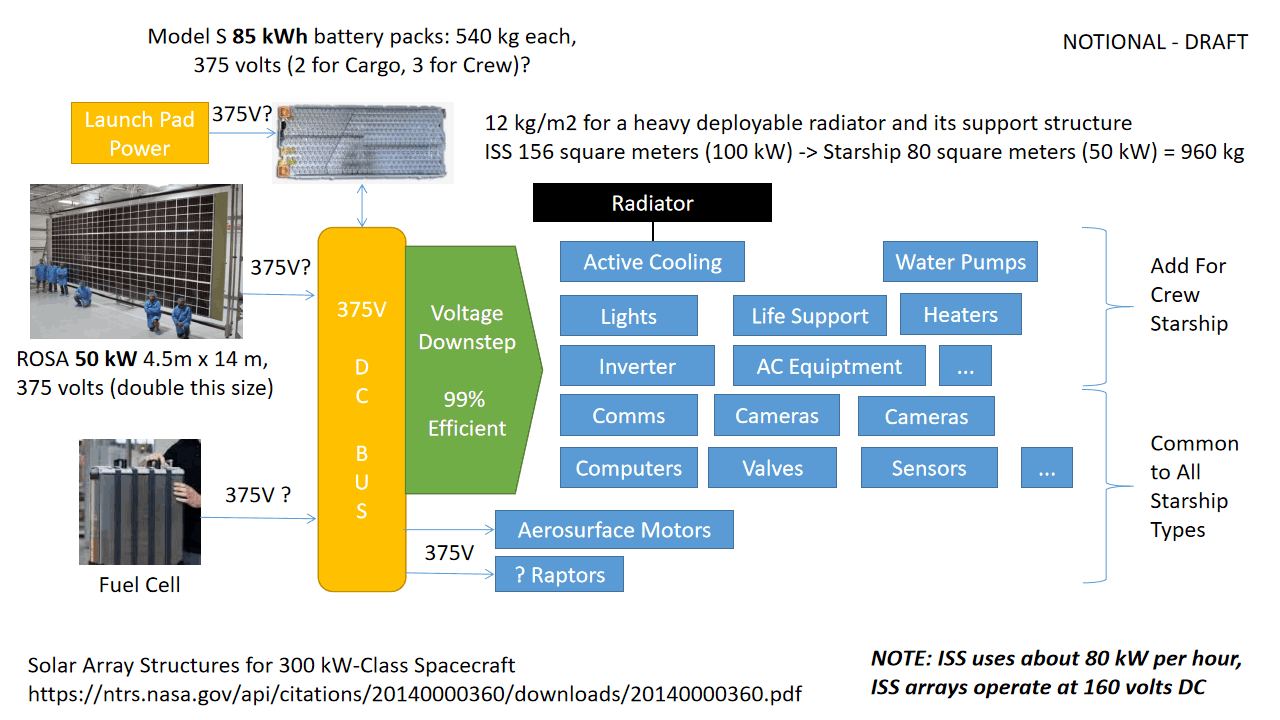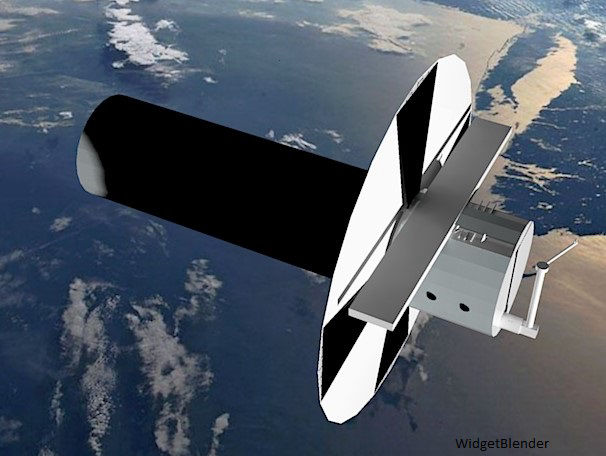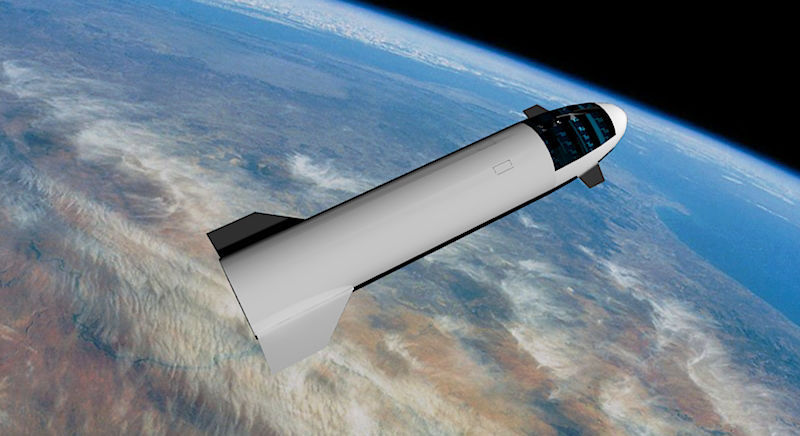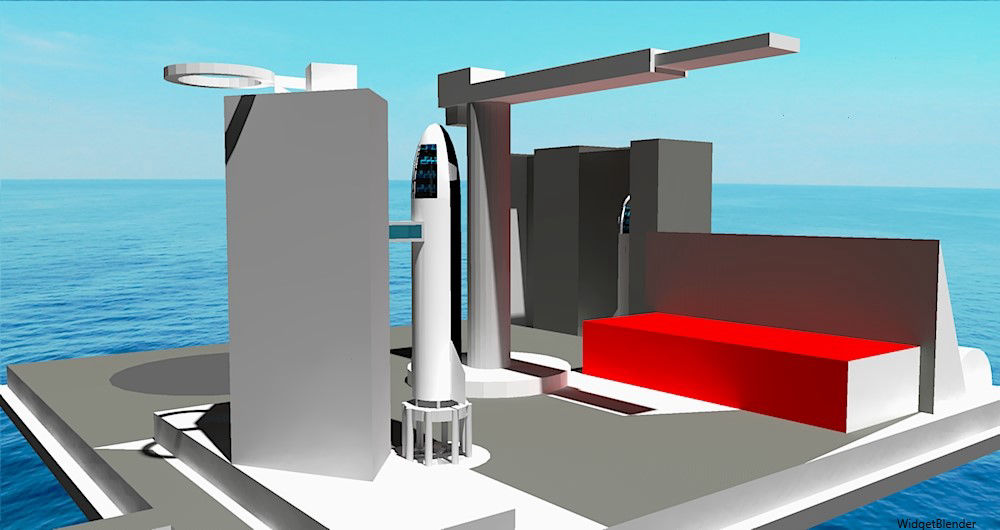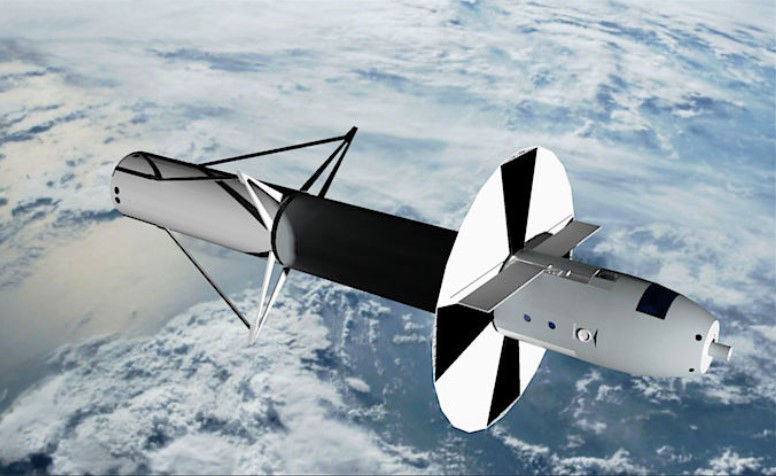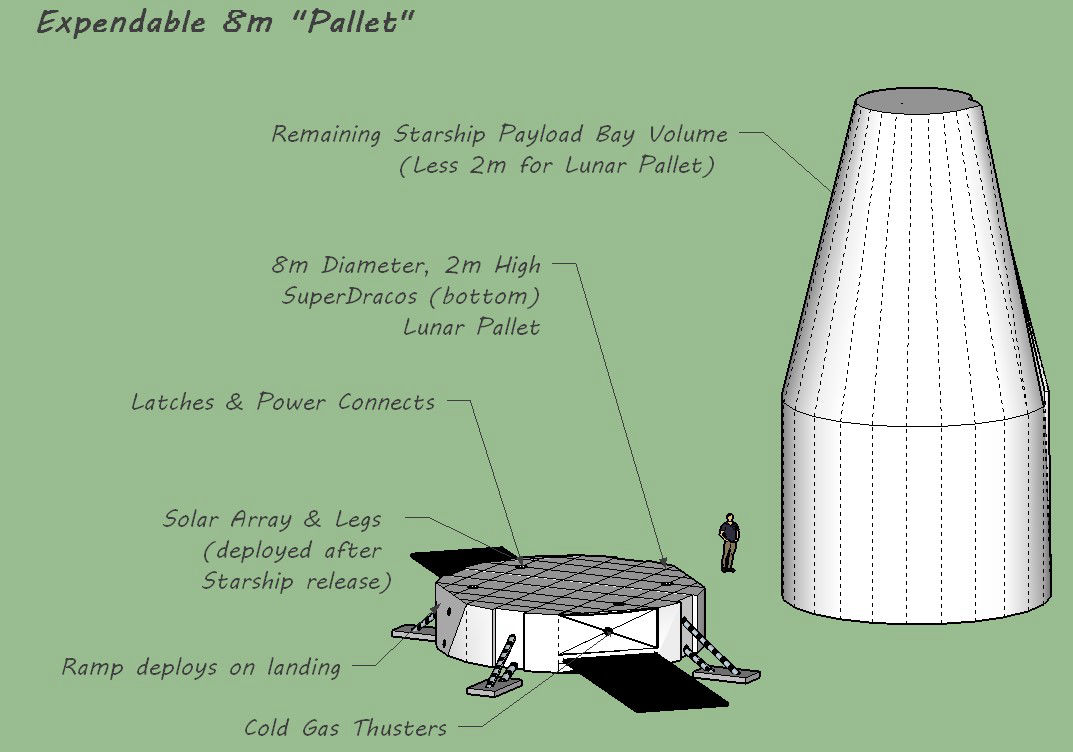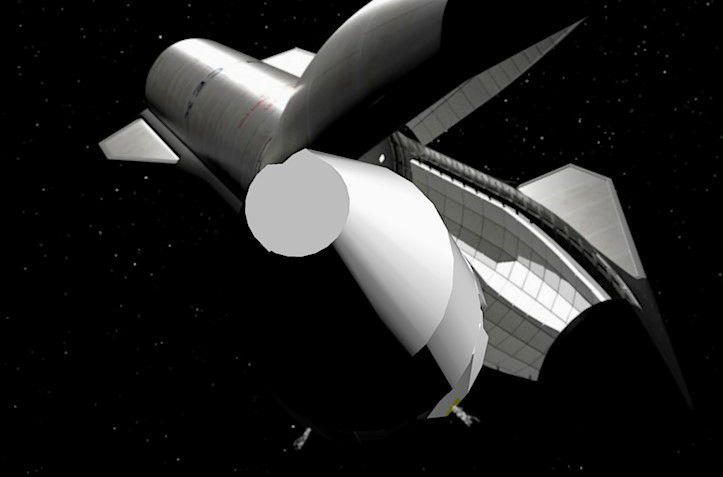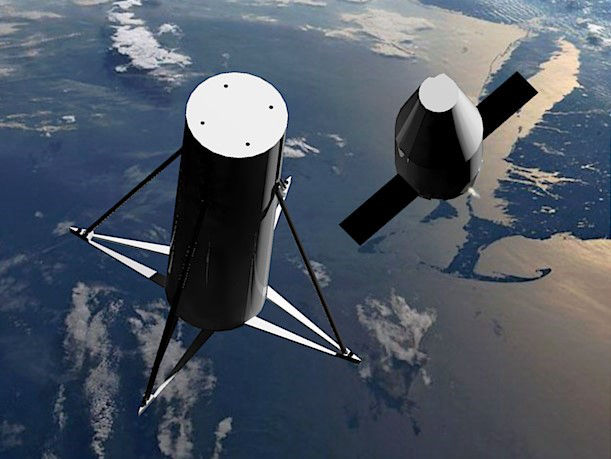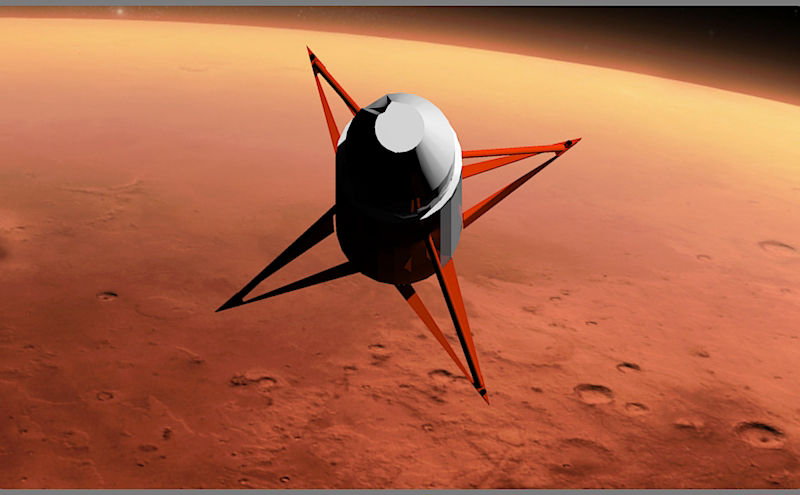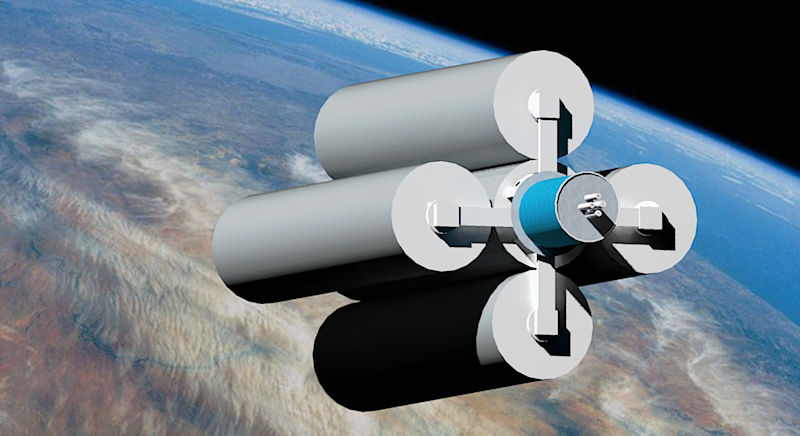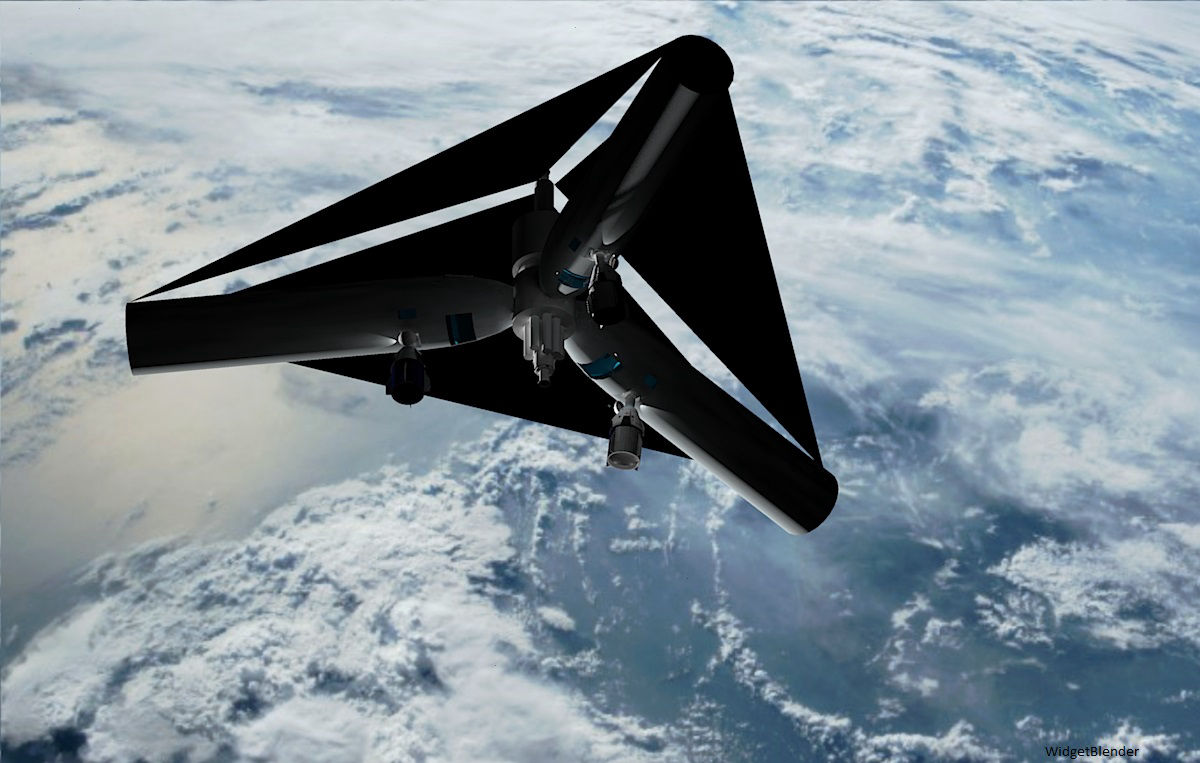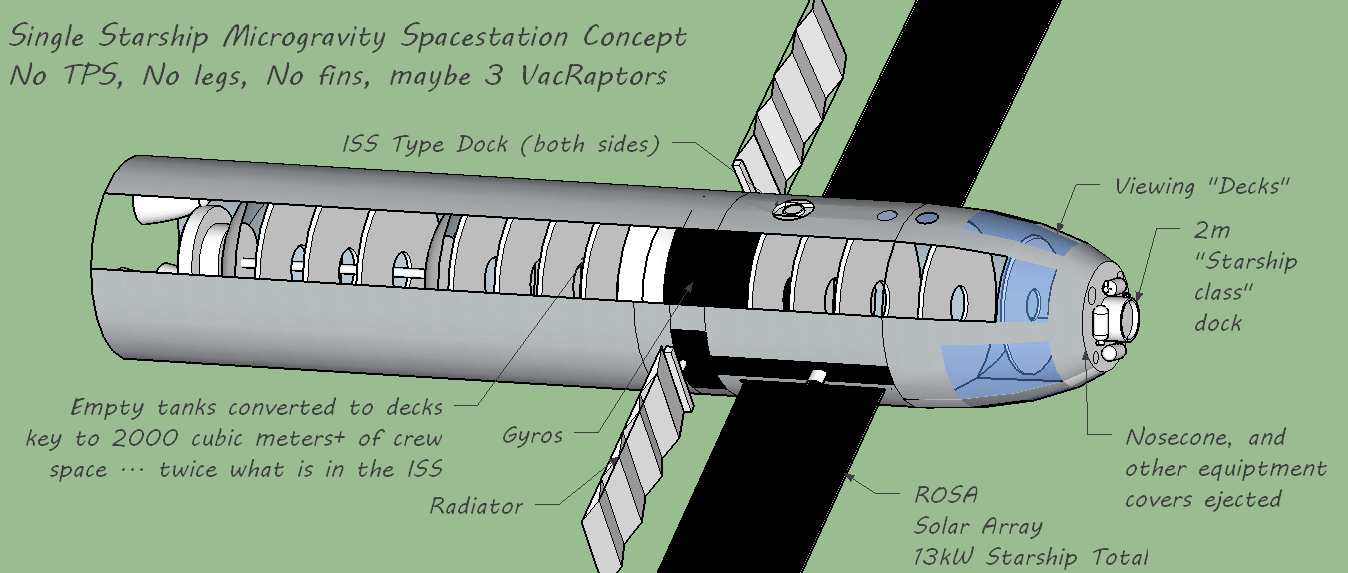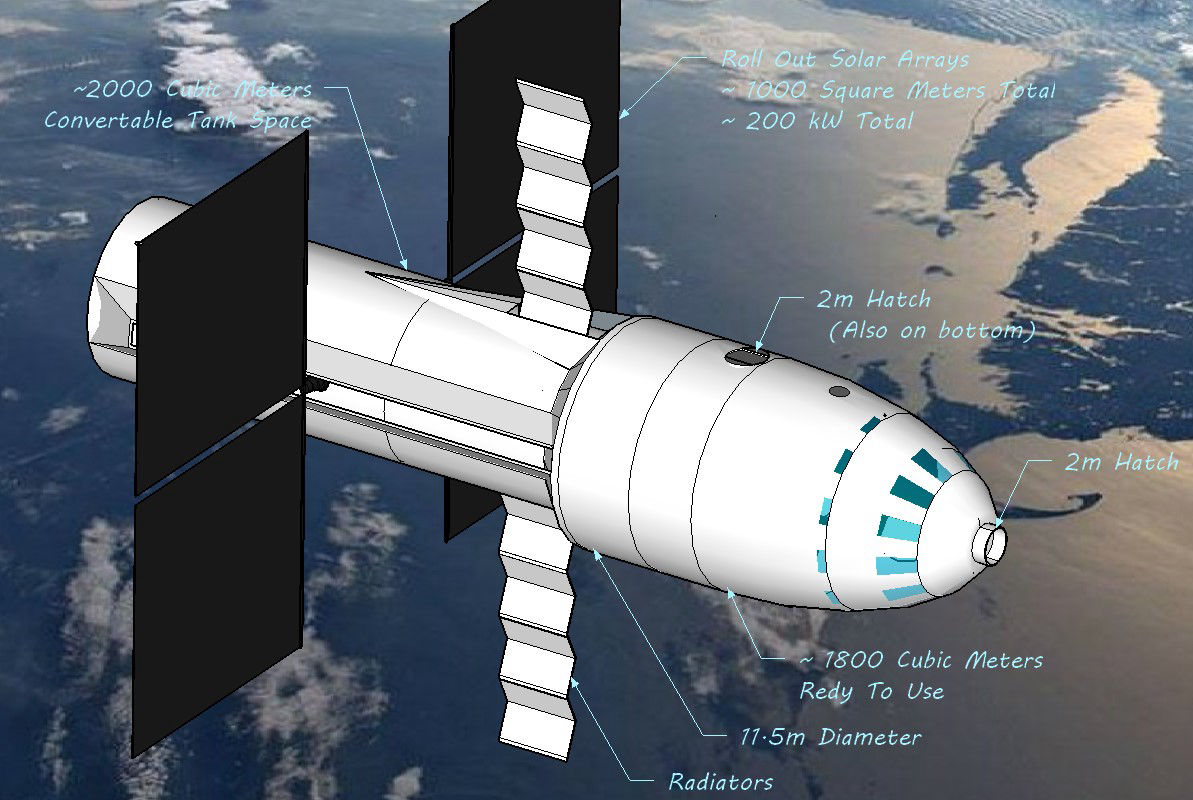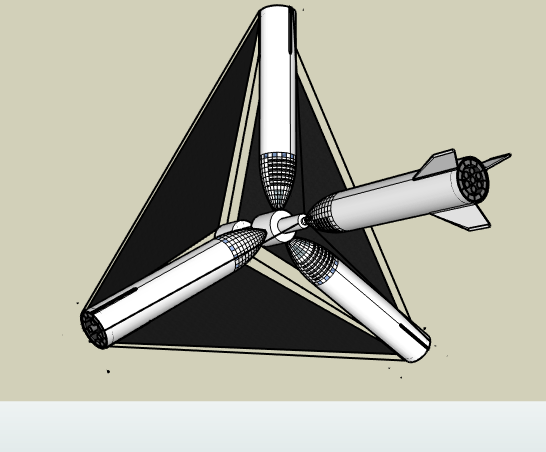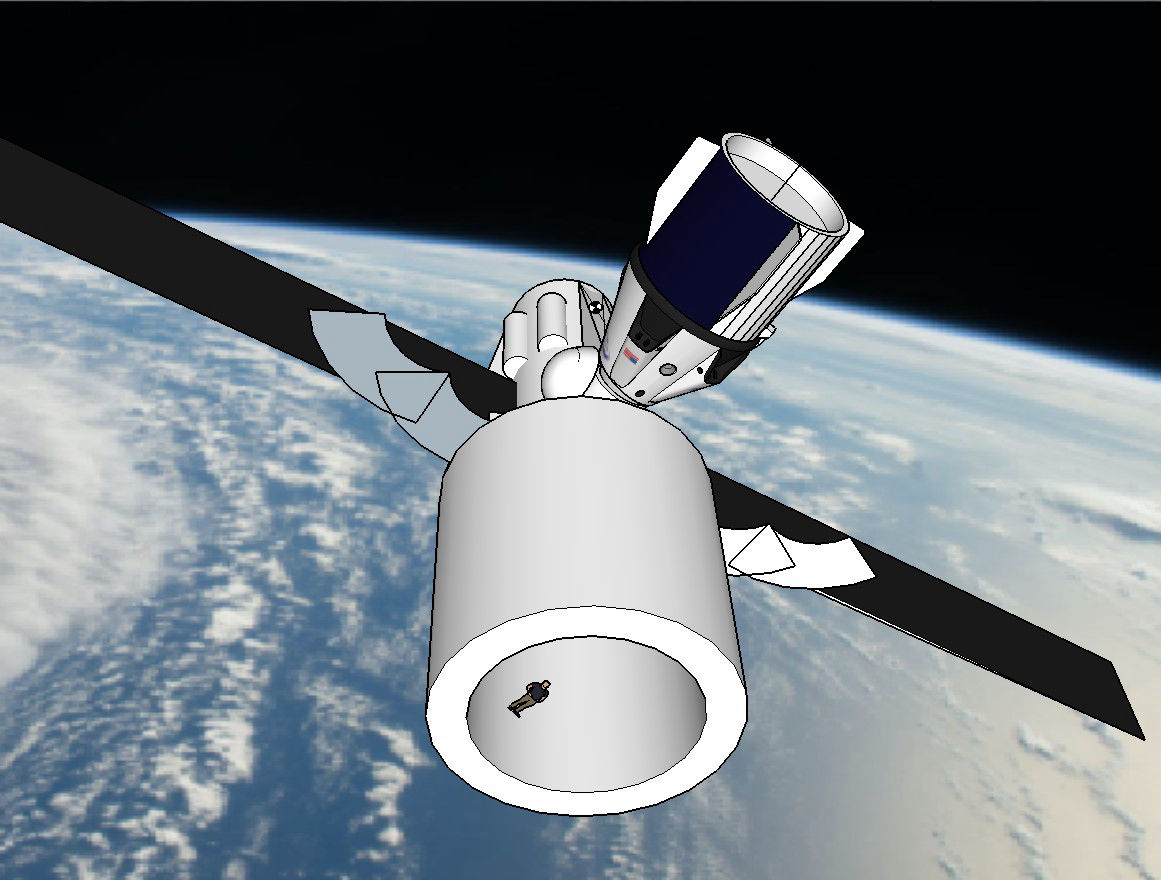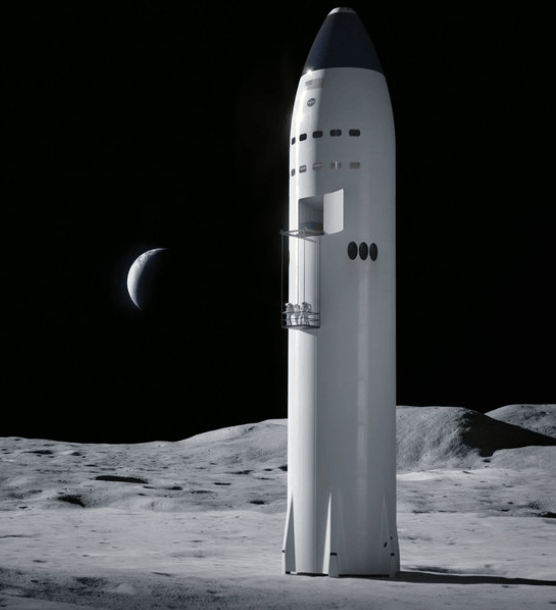
Starship Human Landing System (HLS) Concept image credit: SpaceX
So many possibilities for 9m rocket systems and the standard components they use.
A 9 meter rocket and fairing/payload bay opens up a dramatic news set of space exploration and utilization possibilities. This exploration uses SpaceX's Starship systems as the baseline technology as it is by far the most advanced in development and testing.
In the rendering to the right we see a SpaceX generated image of used for the NASA Lunar Human Landing System (HLS) competition. It uses the bottom 2/3 of a standard Starship but then customized the top 1/3 for HLS operations. It uses 3 vacRaptors since it is not intended to return to Earth surface. This sort of specialized payload area and engine set is key to using the Starship "space frame" for many missions and applications.
Beyond this, "One-Way" Starships that won't return to the Earth surface can have the huge tankage (the bottom 2/3), which is engineered for high pressure, converted to air pressurized work, living or recreational space one it reaches it's destination.
